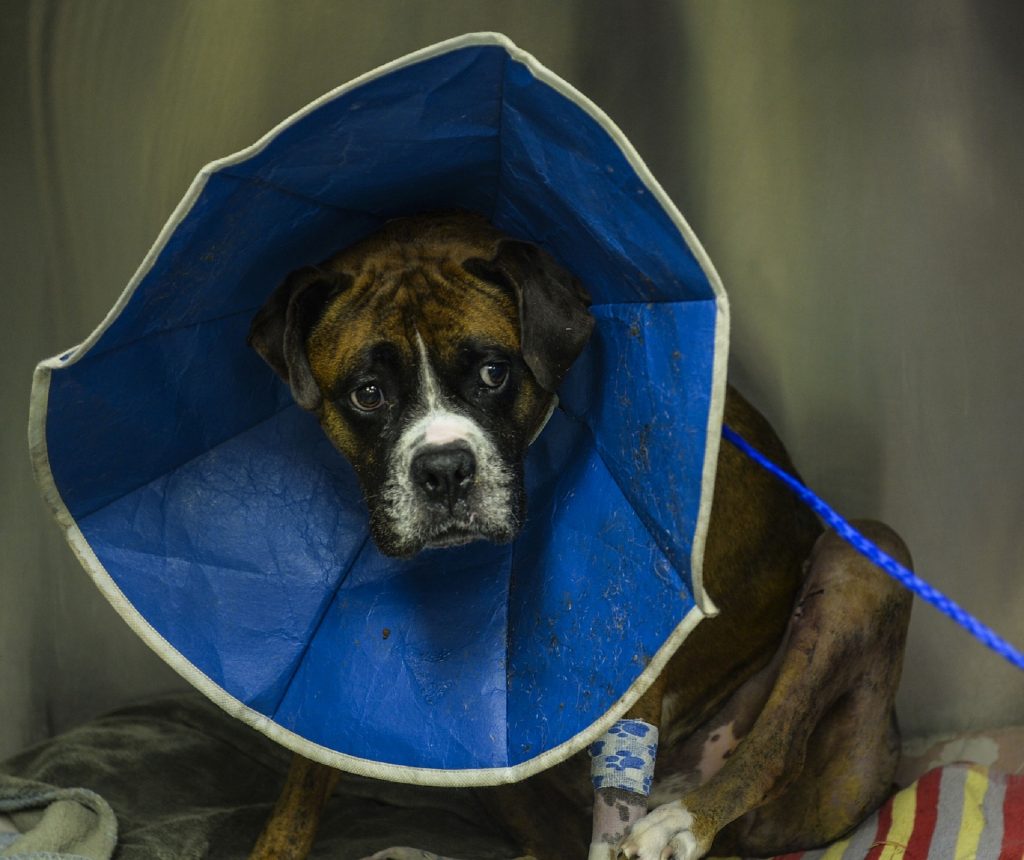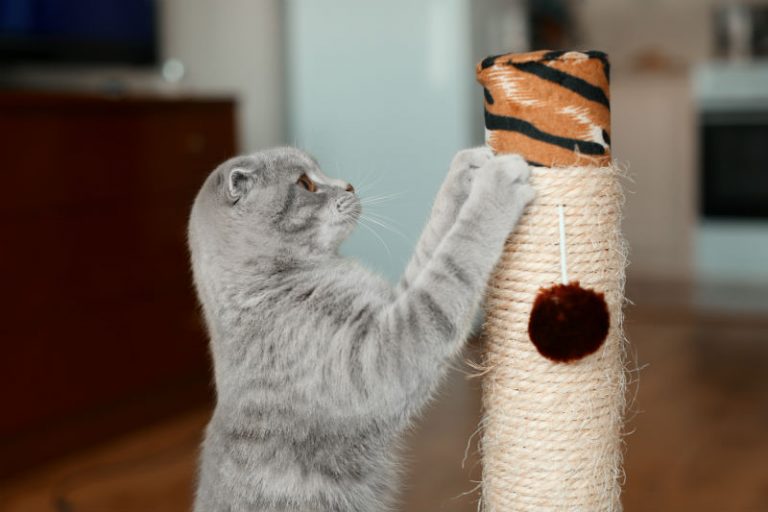Out pets’ skin in composed of layers similar to ours: the epidermis on the outside, the dermis below; the subcutis below that; and fat and muscle below that. Wounds can be sterile, unclean (relatively clean but not sterile), or even heavily contaminated. The body is designed to address all of these situations but sometimes they need our help.
There are four phases of wound healing: Inflammation, debridement, repair, and maturation.
Inflammation (Starts immediately)
This is the first phase of healing and is all about controlling bleeding and activating the immune system. Without too much detail, blood clots are forming and blood vessels are constricting to limit blood loss in the area. This process also calls in “clean up” cells of the immune system to address contaminating bacteria and any dead tissue.
Debridement (Starts in a few hours)
Wound fluid, dead tissue, and immunologic cells form pus, which is designed to flow as a liquid from the wound and carry debris with it. The cells that were called to the wound in the inflammation phase are now actively working on consuming dead tissue and cleansing the area.
Repair (Starts in a couple of days)
Collagen begins to fill in the wound to bind the torn tissues, a process that will take several weeks to complete. New blood vessels begin to grow into the area from the uninjured blood vessels nearby. The wound edge begins to produce granulation tissue, the moist pink tissue that will ultimately fill in the wound. The wound will shrink in a process called wound contraction so that new skin can form and cover it.
Maturation (Starts in 2-3 weeks and can take months or even years)
Once plenty of collagen has been deposited, the final phase of scarring can form. The scar becomes stronger and stronger over time as new blood vessels and nerves grow in and the tissue reorganizes. The final result will never be as strong as un-injured tissue but should ultimately achieve approximately 80% of the original strength.
Check out our website next month for Part 2 of “Wound Healing”
Referenced from http://www.vin.com/




